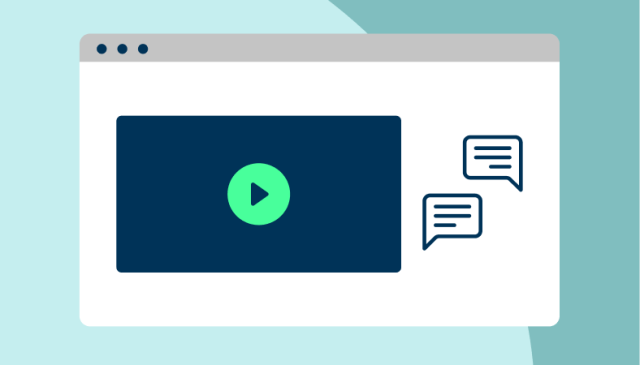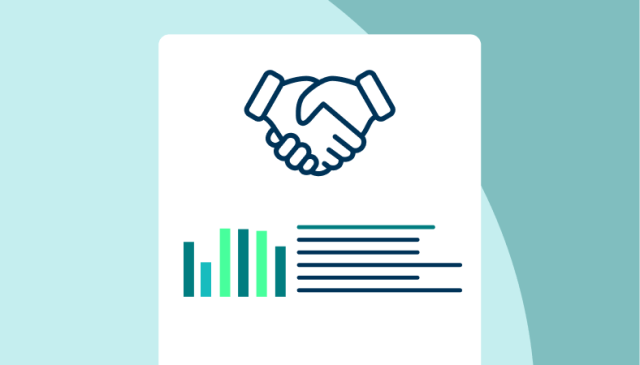Tips on How to Start a Preventive Maintenance Program

Preparation and planning often prove to be the toughest parts of someone's proactive work journey.
With that, these may be some of the questions swirling around in your head and keeping you from getting started with a preventive maintenance (or PM) program:
- Can we handle the current list of reactive work?
- Do we have enough resources?
- Where do I begin?
- Will there be a point where we feel we are on autopilot? Do we want to feel as though we are on autopilot?
- How do we get buy-in from our leadership?
- How much of our time can we dedicate to preventive maintenance?
Learn about what preventive maintenance is and why you need it.
How to get started with your PM program
It's tough love time... if you want to make a difference, you will have to do things differently.
Consider what small steps you can take now, review for impact and then build upon as you go.
In any journey, you can use a plane, a train or an automobile depending on time, budget and comfort levels. Delays happen, detours occur, you watch for signs and signals, you may not hit your timeframe, but you breathe easier when you get there. Starting a preventive maintenance routine program is no different.
And since creating a PM program can help you cut operational costs by 12-18%, the investment will surely pay off.
Continuing the planes, trains and automobiles metaphor, here are three ways you can start your preventive maintenance program:
1. The Automobile

This is more of a do-it-yourself (DIY) approach to create a PM program. It’s a longer trip, but you’re in control of what you can control.
- Start with your health, security and safety/compliance focus areas
- Schedule what you have to do by law, by code or by mandate
- Focus on business continuity: "If system ABC fails and we have to clear the area, what’s the effect?"
These schedules are not only critical to perform, but they also create documentation.
Now that your core is covered, what’s next? This is where data is essential to prioritize and to prove or disprove hunches.
Look at what emergency reactive work items are trending and where. If you see that repairing door hardware is a large part of responsive work at one location and replacing drive shafts is an issue elsewhere, simply create basic “go look at ___ every ___ weeks” preventive maintenance routine and see if trends change. If your staff knows what to do, don’t sweat the details. Update routines over the journey with schedule details such as tools and supplies to take, procedures to follow, etc.
See how a CMMS can help you easily manage preventive maintenance.
If you become aware that certain topics are “hot button” issues, create routines that keep the peace.
Explore 5 ways you can boost the effectiveness of your COVID-19-related work.
2. The Plane

This approach leans heavily on consultative services. This leads to a higher investment vs. a shorter timeframe and involves you deciding how to use your time while a professional pilot is at the helm. Setting up a preventive maintenance program can take a lot of amount of time and drag you away from other critical daily tasks. Getting help here can significantly free up your and your team’s time.
This method giving you the ability to tend to problems that pop up in the cabin and for your community, resting assured that the plane is still flying.
Just as you have options when booking a flight, such as the airline, number of stops, connecting airport, seats, etc., you also have influence in this method.
An expert will determine what details to establish, while you guide them on adjustments to make and gaps to fill. It’s like the old days of flying when you could talk to the pilot while you were in the air.
Learn more about our specific professional services.
3. The Train

he train uses a blend of DIY and consultative services to start your preventive maintenance program. It’s in the middle on time and cost, has more stops (maybe line changes), but it gets you there with reduced stress.
This method involves a consultant working with you on basic “first steps,” then you take over with editing and creating preventive maintenance schedules after that.
See how we can help with your preventive maintenance setup.
Final Thoughts
As you’re considering the best way to create your PM program, make sure you’re considering the long-term outcomes and effects on your maintenance processes and team.
Set yourself up for success by taking action today, however small it may be.
There is no right or wrong way to start your PM journey, as long as you’re heading somewhere. Every journey begins with a first step — don't wait to take it.



